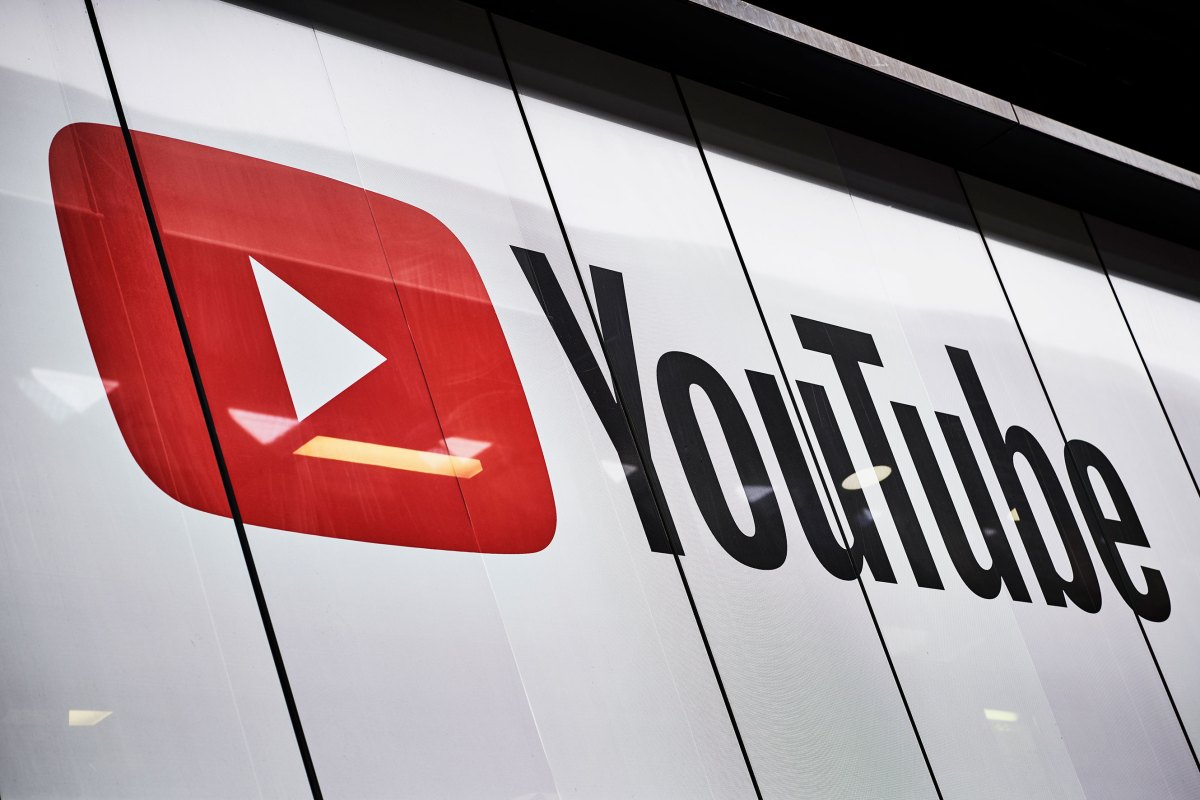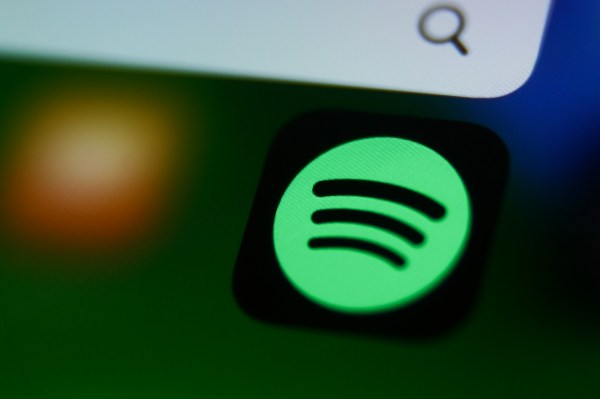YouTube today declared an improve to its own advertiser-friendly rules that rests a number of its own policies around debatable problems, featuring sex-related as well as residential misuse, abortions, as well as consuming ailments. The improvements will definitely enable YouTube makers to monetize their video clips on these subject matters under some conditions, though certainly not if they enter visuals information.
YouTube money making plan top Conor Kavanagh cooperated a video clip published to YouTube’s Maker Expert network that the provider comprehends video clips that cover these subject matters could be an useful source to individuals.
“So our experts wish to make certain that, anywhere achievable, debatable problems covered in a non-descriptive as well as non-graphic means aren’t disincentivized by means of demonetization,” he pointed out.
Kavanagh likewise acknowledged that some producer areas informed YouTube that they seem like they obtain “even more yellow symbols” than others — suggesting the video clip has actually been actually denoted as certainly not ideal for marketers — considering that they cover these subject matters.
With the change to eating disorder content, specifically, YouTube said that it will align its advertiser-friendly guidelines with its existing YouTube community guidelines. That means creators can’t monetize videos about eating disorders that share triggers like guides around bingeing, hiding or hoarding food, or abusing laxatives. However, educational or documentary content as well as survivor content that references these aspects of eating disorders without promoting such activities won’t be demonetized.
The company had previously revised its eating disorder policy guidelines years after executives from YouTube and other social media companies, including TikTok and Snap, were questioned by U.S. lawmakers about how their platforms deal with eating disorder content.
Today’s update follows YouTube’s relaxing of advertiser-friendly guidelines earlier this year around the use of profanity in videos, which had prompted a creator backlash. The company said its new profanity rules had created a stricter approach than intended and changed them to allow YouTube creators to use moderate and strong profanity without risking demonetization.
Previously, any video with profanity within the first 15 seconds of the video made it ineligible for monetization and the change was retroactive. Along with the rollback, creators would be eligible for limited ads if they used profanity in the first seven seconds of a video or throughout the video while videos with moderate profanity would remain eligible to monetize, regardless of where in the video the terms were used.
Kavanagh referenced those changes in introducing the new guidelines, saying YouTube wanted to make sure it was acting on creator feedback. The creator community had expressed their frustration with the new profanity rules, saying they hadn’t felt well-informed on the impact of the changes at the time they were announced.
“You told us that when we update our guidelines, you value communication of changes, not only through posts to our update log, as well as studio notifications but also hearing the changes explained in clear terms from some of the people who work on a given policy area,” Kavanagh pointed out. “So for updates to our ad rules, you can expect more video clips like this one, walking you through the improvements,” he included.




